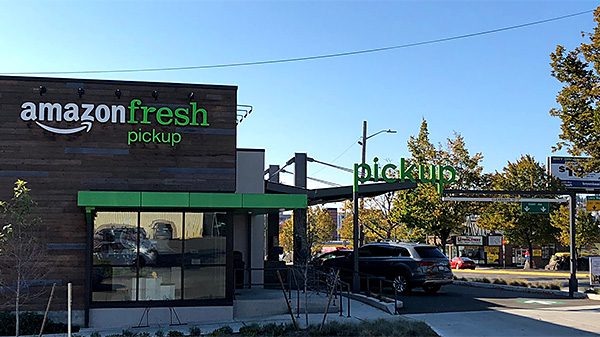Expert consensus is that many consumers will continue to shop online for groceries in the long term.
But it’s not all good news.
“That’s not necessarily a good thing for fresh fruits and vegetables,” says Bruce Peterson, CEO of Peterson Insights, Inc. in Bentonville, AR.
Noting that consumption of fresh fruits and vegetables is declining, he says, “You have to ask yourself, why would that be when food cooked at home has been rising?
“The online aspect is contributing to this—produce is not an intellectual buying experience,” Peterson explains, “it’s a subjective and emotional buying experience. Eighty percent of fresh fruits and vegetables historically are sold on impulse. The peaches look great, so you buy them—that doesn’t happen online.”
Peterson foresees that produce departments, both at brick-and-mortar stores and through online players such as Amazon BB #:283186, will have a smaller SKU count in the future, along with more packaging to make it easier for delivery services to select items without expertise.
“Amazon won’t be Aldi,” Peterson asserts. “It will still have 200 items, but they will be basic and not seasonal.”
He believes fresh produce beyond that will become a boutique business handled by green grocers and farmers markets.
When it comes to shipping produce, it’s more complicated than consumer goods or shelf-stable foods.
“Dry grocery is easy to ship in cardboard boxes, and that’s what Amazon has excelled at for 30 years,” says Ed McLaughlin, Robert G. Tobin professor of marketing emeritus at the Charles H. Dyson School of Applied Economics and Management at Cornell University in Ithaca, NY.
“It’s improving steadily, expanding SKUs and speeding up delivery, but shipping fresh foods remains a challenge.”
This is an excerpt from cover story of the November/December 2021 issue of Produce Blueprints Magazine. Click here to read the whole issue.



